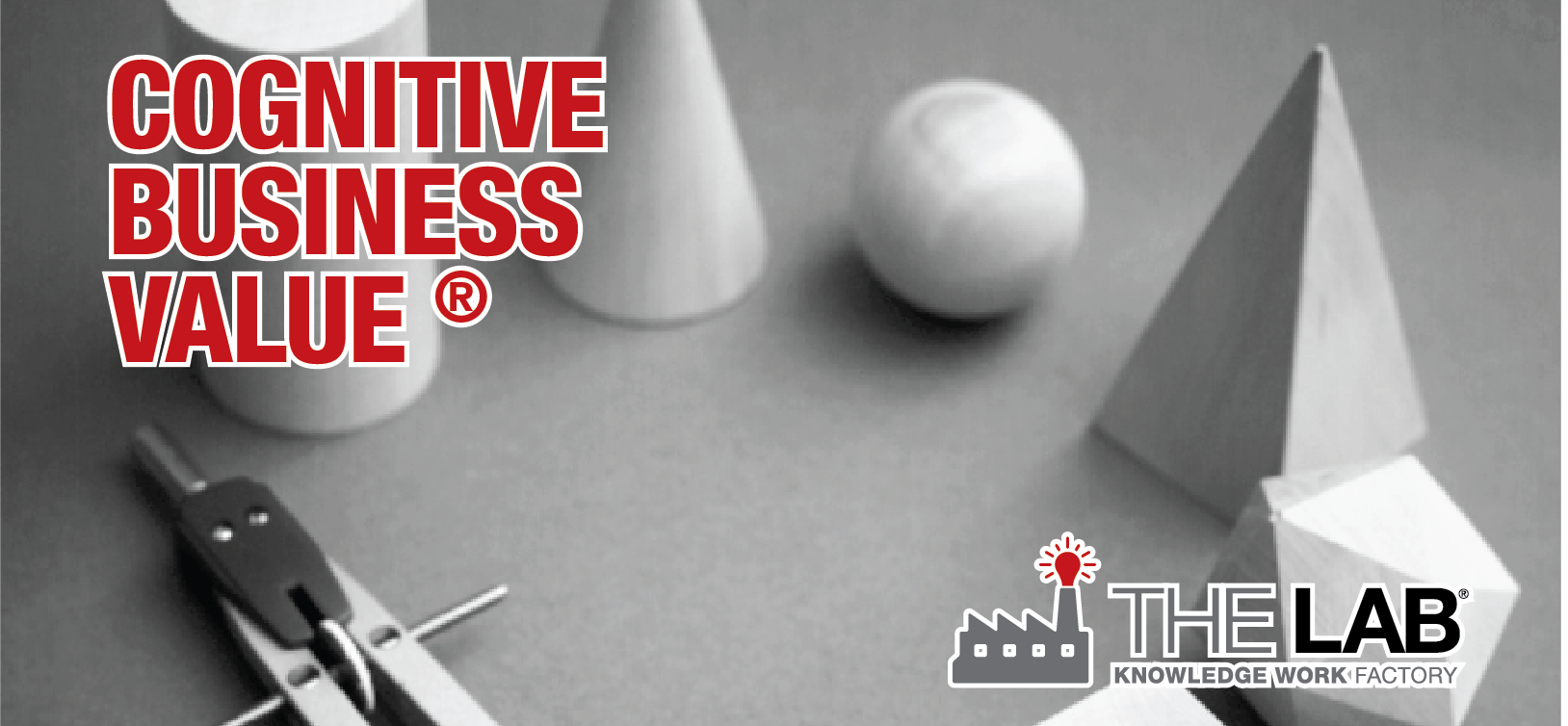Anyone who’s ever worked in an office has been frustrated by the illogical activities and errors that occur over and over. Orders come in with missing data. Numbers have to be reconciled repeatedly. A company can keep track of 100,000 parts on its assembly line without a single error, but can’t seem to manage the chart of accounts in finance. The marketing group sends sales material overseas with the wrong language – for years. Hold a meeting to improve the most trivial, repetitive problem and nobody can even agree that it exists. Employees mutter, shake their heads and chalk it up to the cost of doing business.
Anyone who’s ever worked in an office has been frustrated by the illogical activities and errors that occur over and over.
We shouldn’t be surprised. In recent years, behavioral psychologists have made major advances in understanding how we perceive, think and decide. It turns out that humans are astonishingly, often hilariously, and predictably terrible at making rational, unbiased, decisions.
Most of the time, however, decision makers are blissfully unaware of their biases, clinging passionately to their misperceptions. They are blind to their cognitive biases, and then blind again to the possibility that such perceptual biases might exist, or, “blind to their blindness.”
Look around your office and your company. Are you correctly perceiving what you see? If you were observing an auto assembly line, and a pile of bumpers was growing taller by the hour, you’d know something was wrong. Everyone would have to agree that the pile existed. In an office, however, what you see is computer screens and paper, and people working very hard. When the bumpers pile up in all that activity, you can’t see them. People do not have to agree on something unseen.
But it’s waste; it squanders cash and undermines decision making. Seeing the “bumpers” for what they are delivers a payoff we can call Cognitive Business Value, or CBV.
With even small doses of unconventional thinking, senior executives can sidestep perceptual bias and achieve productivity gains of 30-40% across huge swaths of their businesses. No corporate mandate, no capital investment, no strategic change is needed.
Paradoxically, the most consistently overlooked CBV opportunities are concentrated in the very organizations most directly responsible for the cognitive capabilities of a typical business: Finance, Sales, Marketing, Planning, Information Technology, and others. These groups consist of knowledge workers, who are perceived to toil mostly with their minds, far removed from mundane, repetitive, assembly-line-style tasks. This is an exceptionally costly cognitive bias and a major improvement opportunity.
The traditional perception is that knowledge work is somehow exempt from management techniques considered indispensable elsewhere in the enterprise: Documented work routines? Nope. Output and task standardization? No need. Specialization of labor? No thank you, we’re knowledge workers.
With even small doses of unconventional thinking, senior executives can sidestep perceptual bias and achieve productivity gains of 30-40% across huge swaths of their businesses. No corporate mandate, no capital investment, no strategic change is needed.
These simple techniques, born with the Industrial Revolution, serve as cognitive management tools without the fancy name. They document and consolidate an organization’s perceptions. They deliver the capability to store common knowledge in efficient, logically intuitive hierarchies, and this creates the ability to exploit cumulative experience, otherwise known as the learning curve. Heart surgeons use them. Scientists use them. So do astronauts and bricklayers. But these are anathema to knowledge workers in business organizations.
How to get started on Cognitive Business Improvement? Look with your mind. Even a cursory observation reveals that all knowledge work is not equal. Very little is creative. The majority of tasks performed by knowledge workers is mundane, repetitive, operational in nature, and managed in an ad hoc fashion. Apply the lessons of the Industrial Revolution and Frederick Winslow Taylor from the early 1900s – just like the rest of the business. Manage routine knowledge work like the “factory” that it resembles.
Roughly 40% of knowledge worker activity is low value, often eliminable, tasks: error correction, rework, duplication, and overwork. At least half of these tasks can be eliminated in months, delivering a capacity recoupment of 20%.
Roughly 40% of knowledge worker activity is low value, often eliminable, tasks: error correction, rework, duplication, and overwork.
For two centuries, science, medicine, and manufacturing have embraced cognitive techniques for the elimination of perceptive bias as indispensable to success. It’s time that management and knowledge workers join the trend.
Please also check out this informative video on how Knowledge Work Standardization can help improving YOUR business:
Simply call (201) 526-1200 or email info@thelabconsulting.com to book your demo today!

















